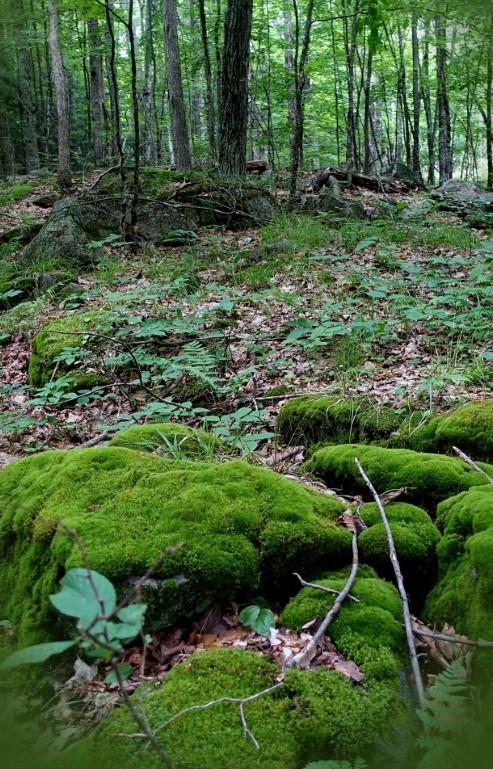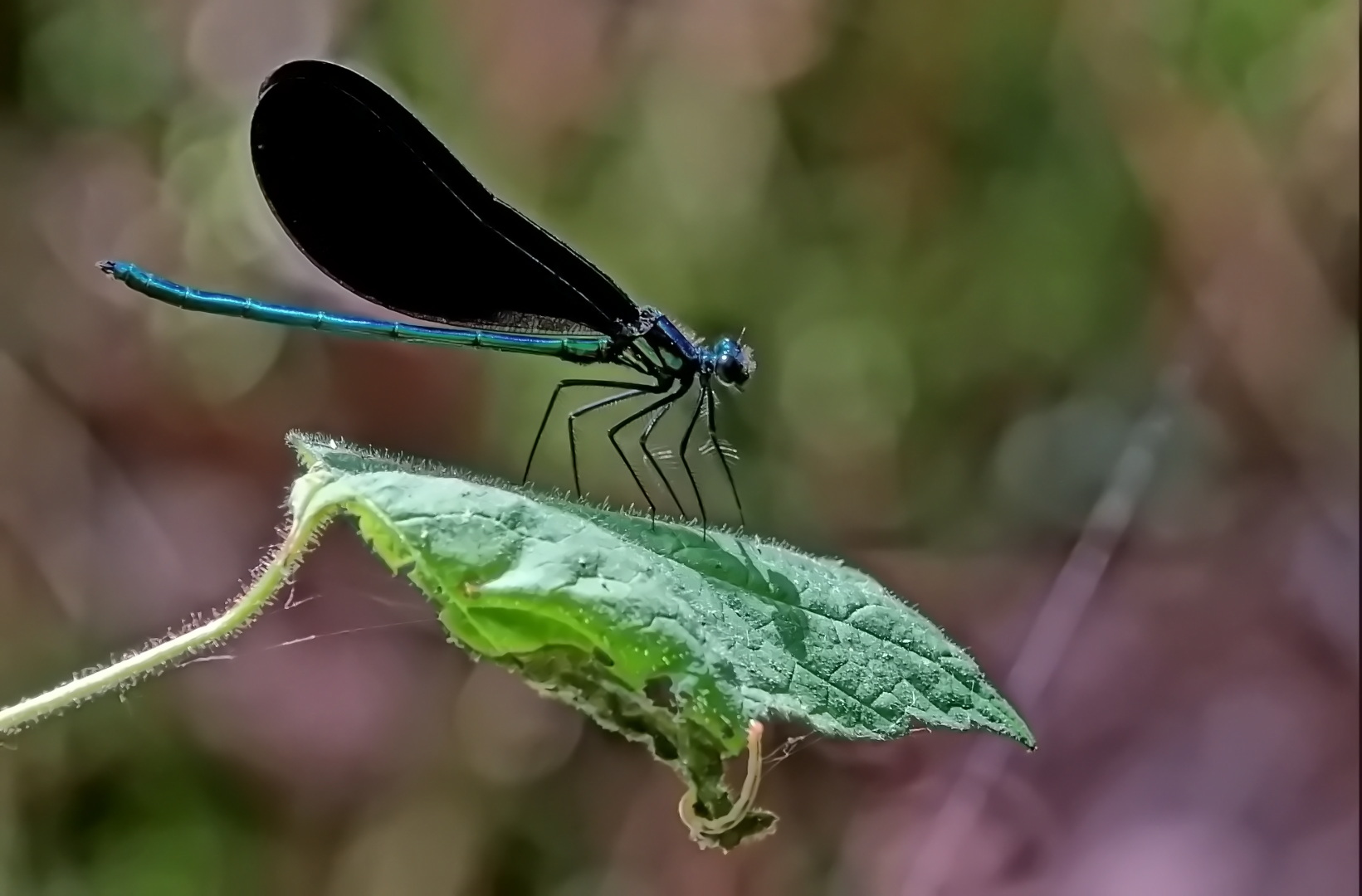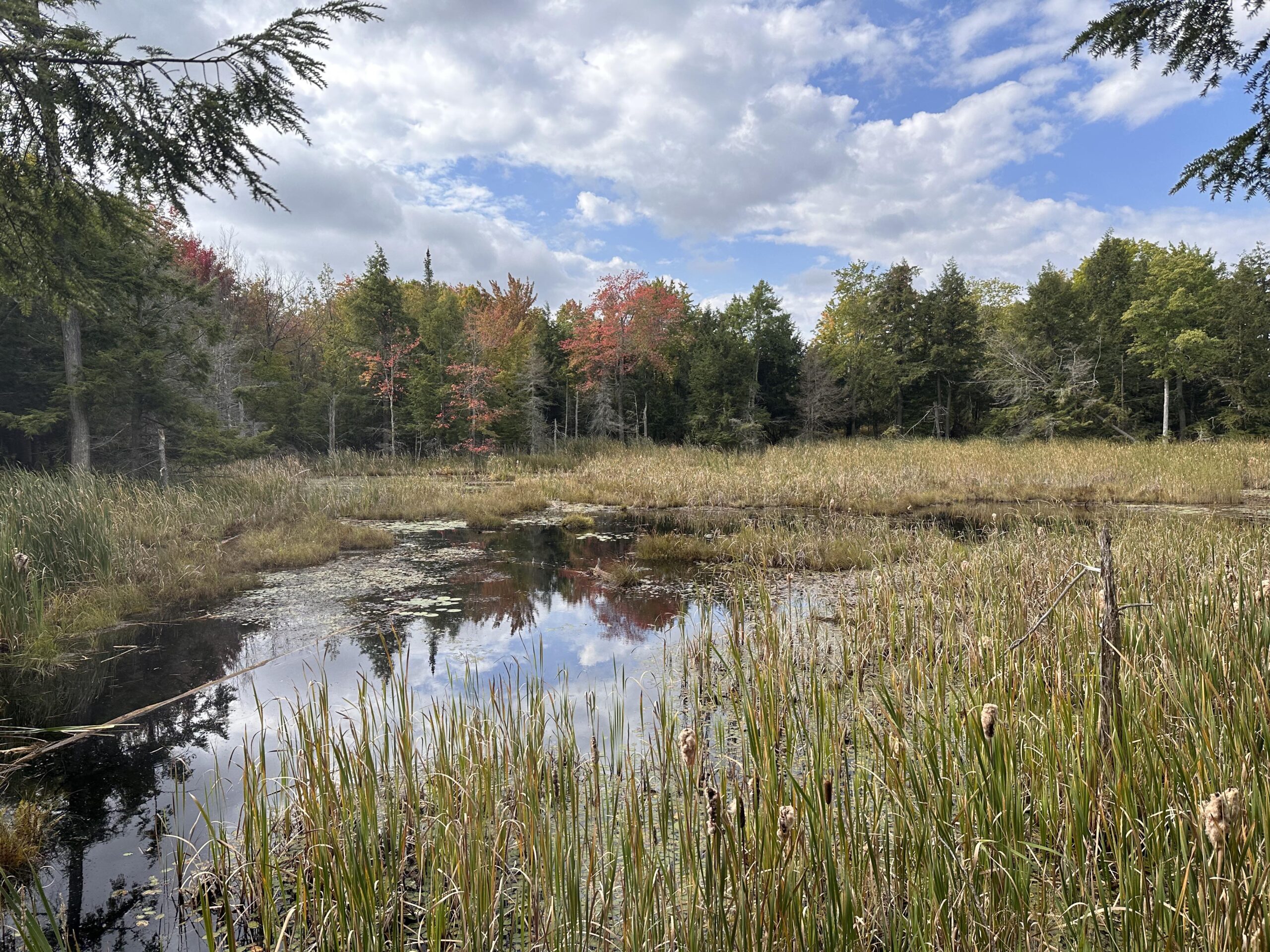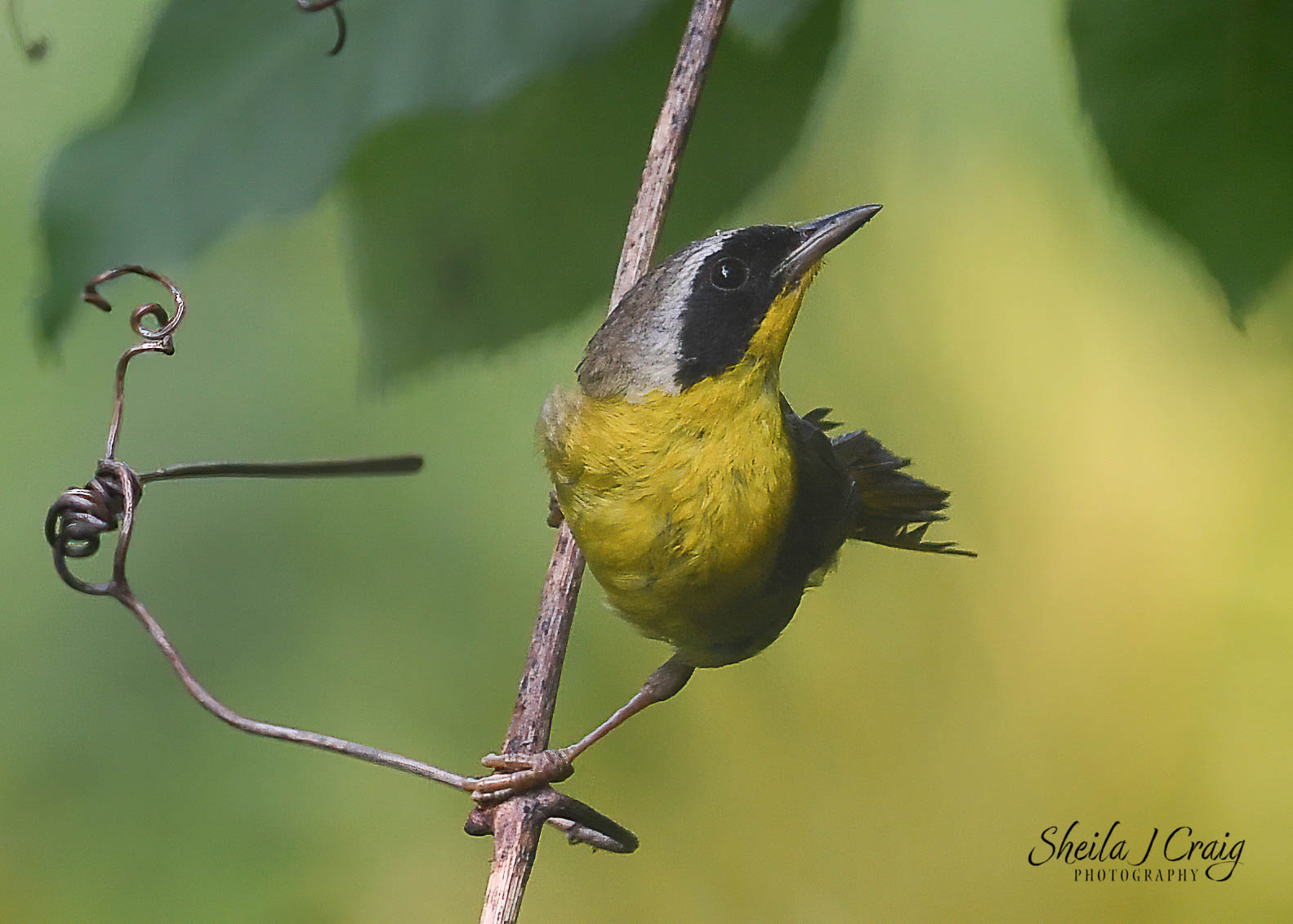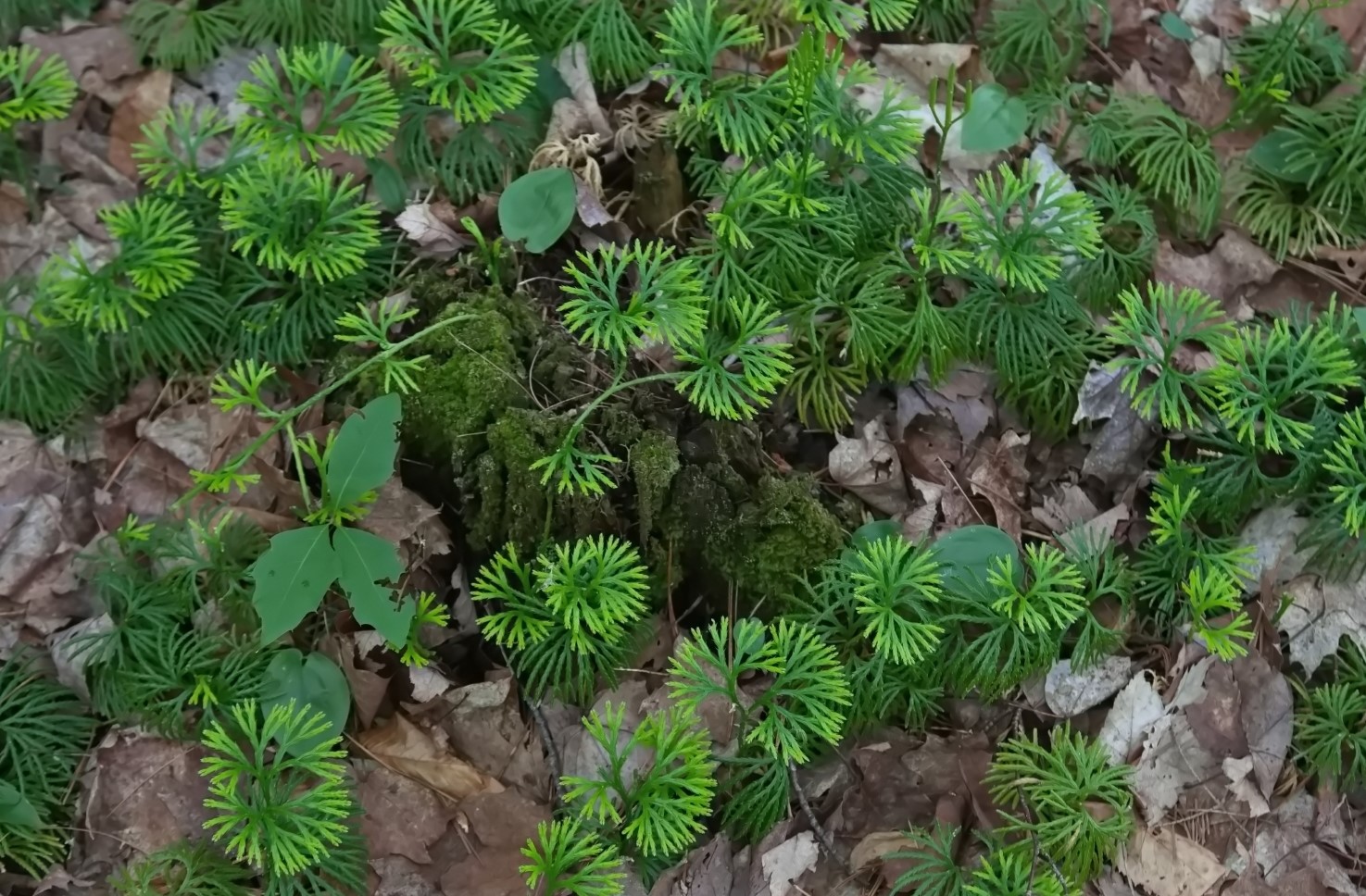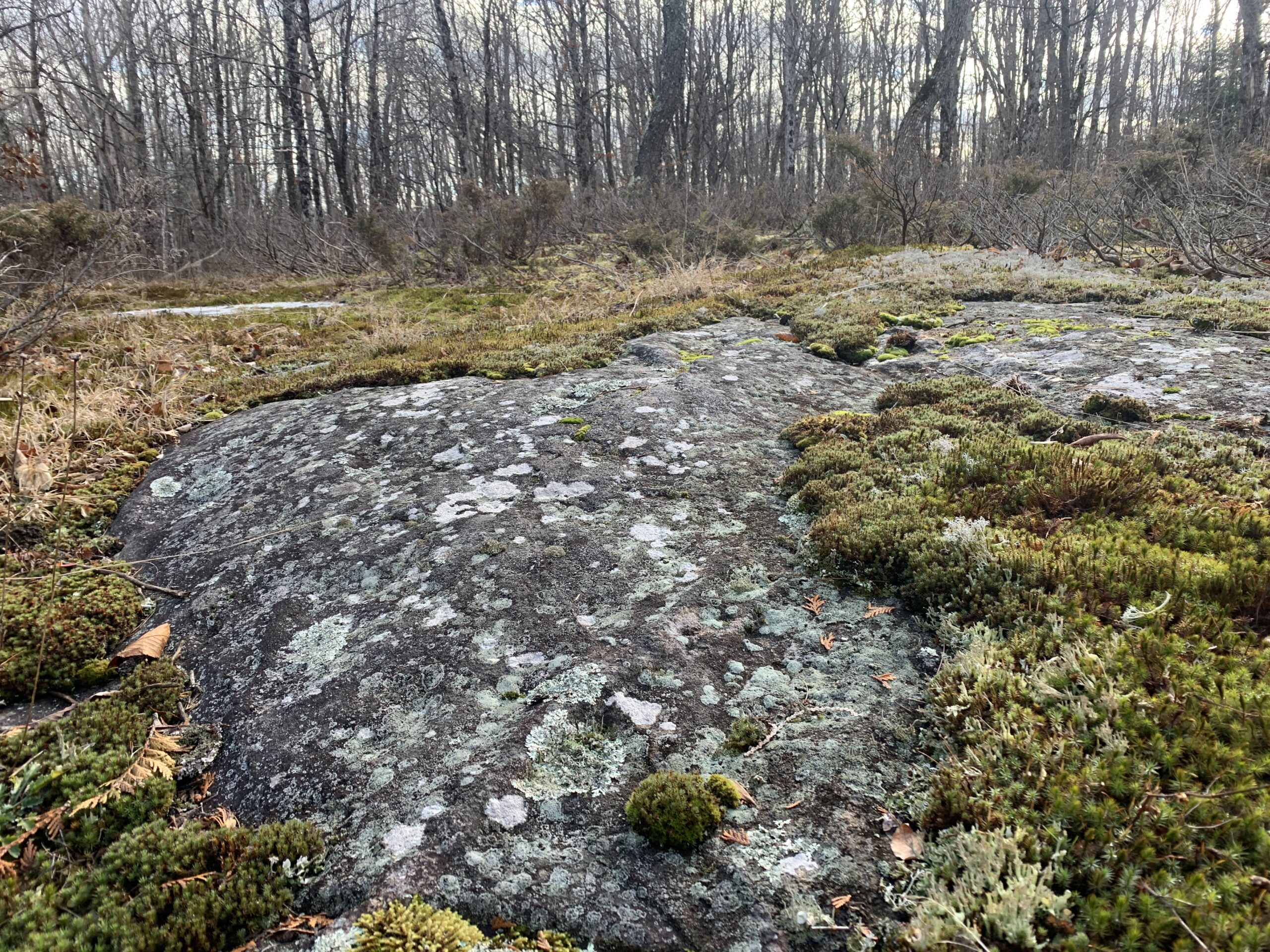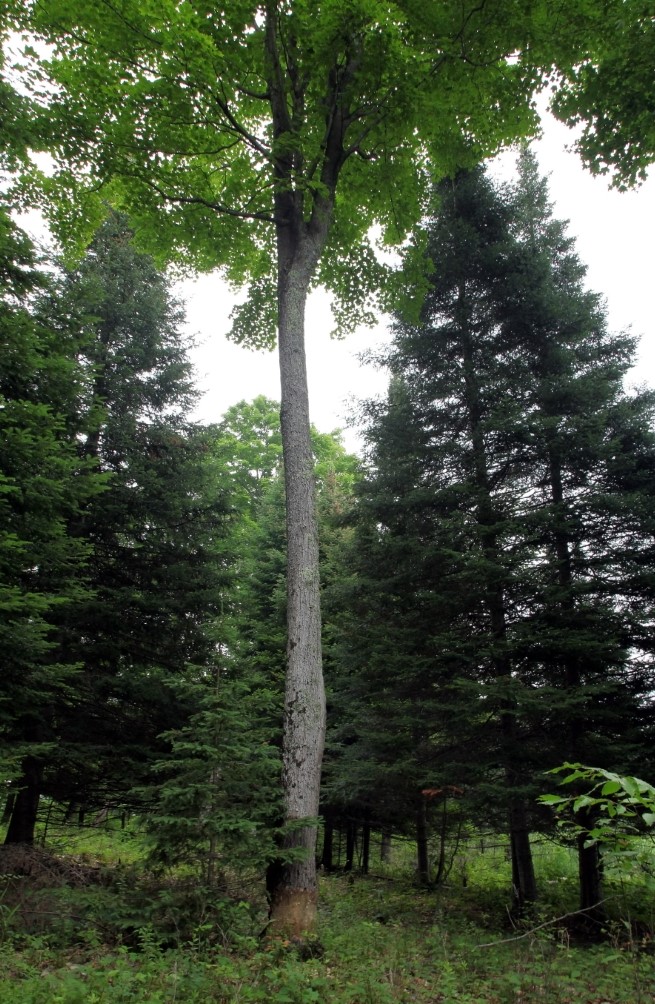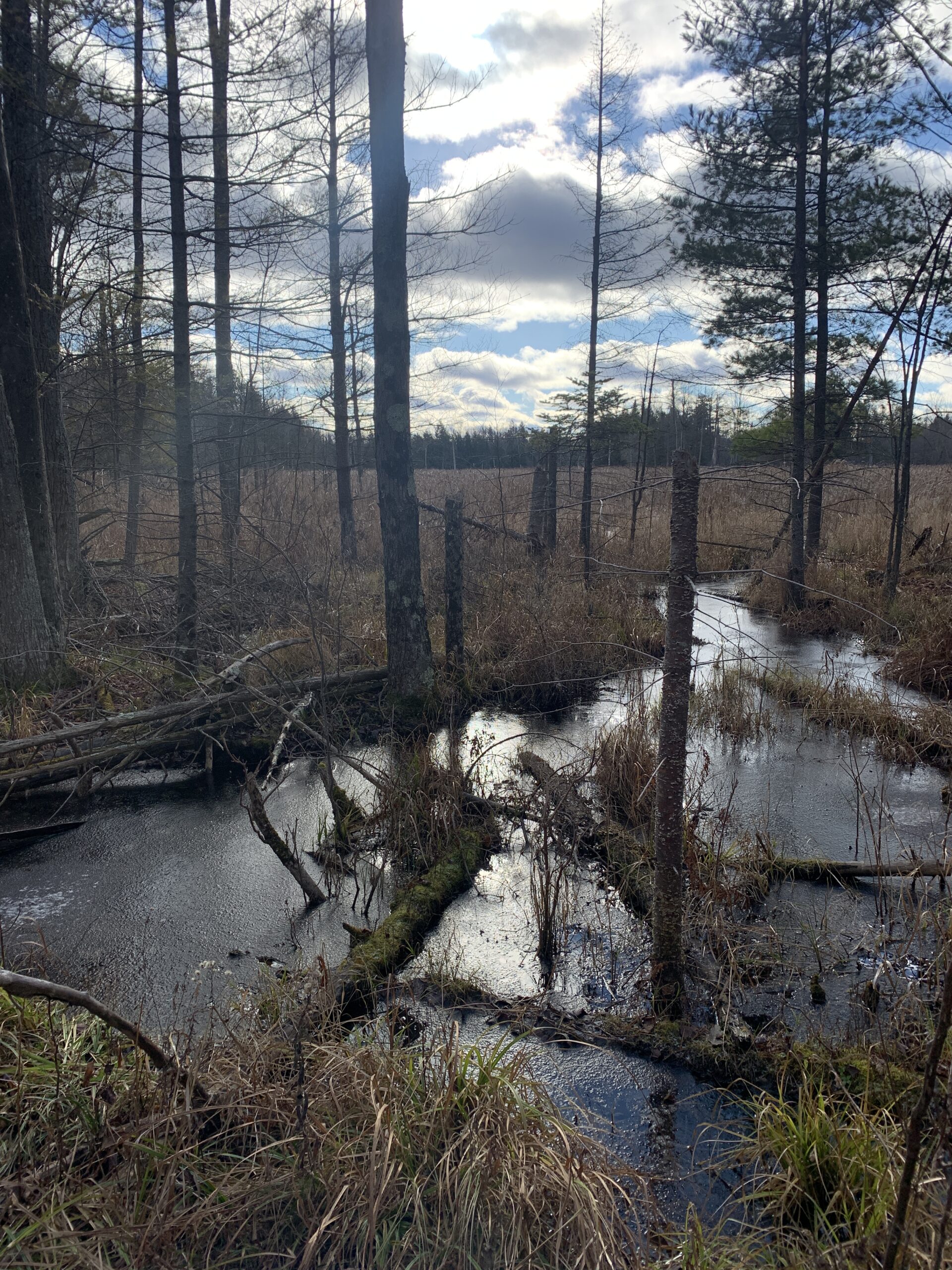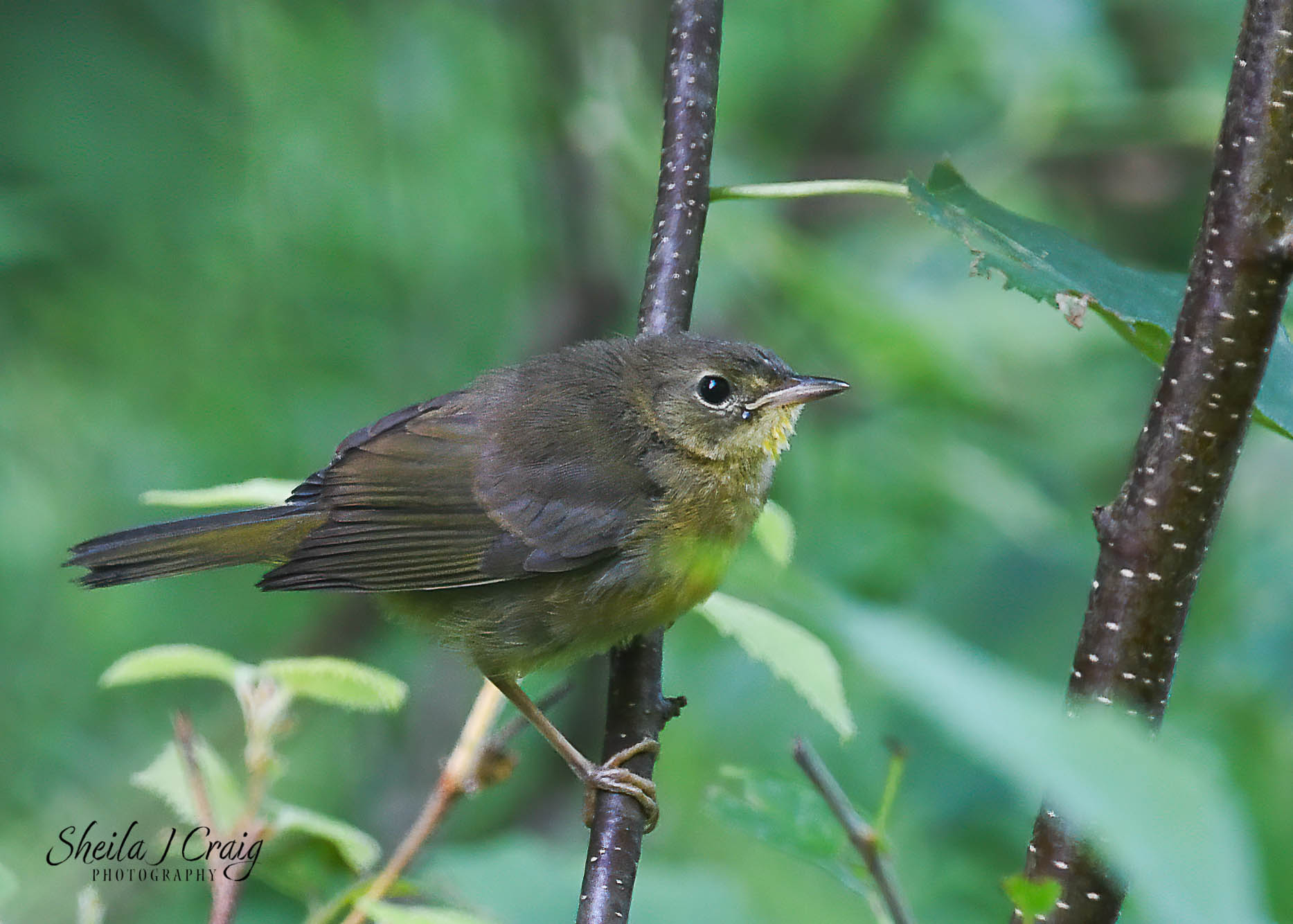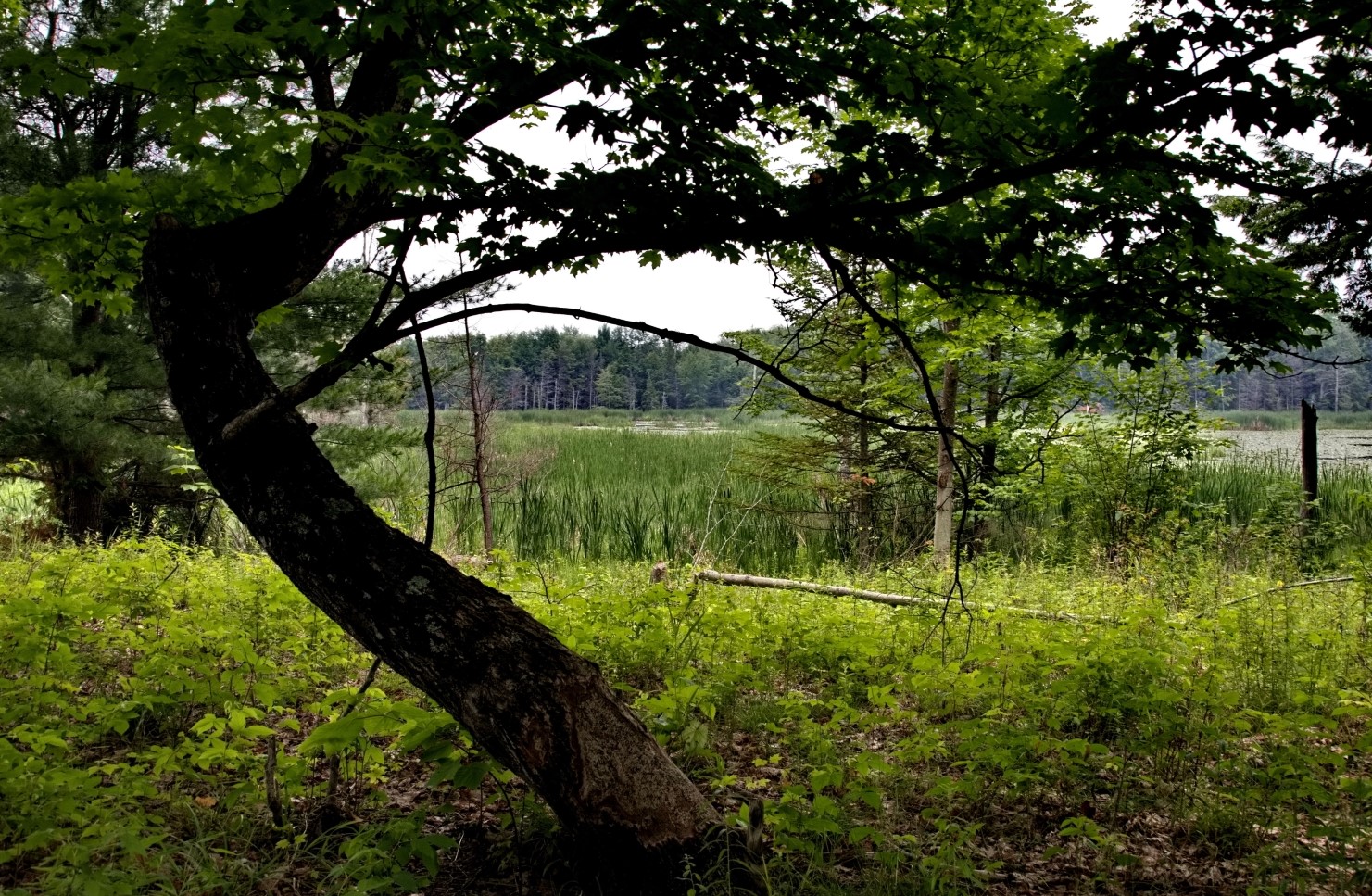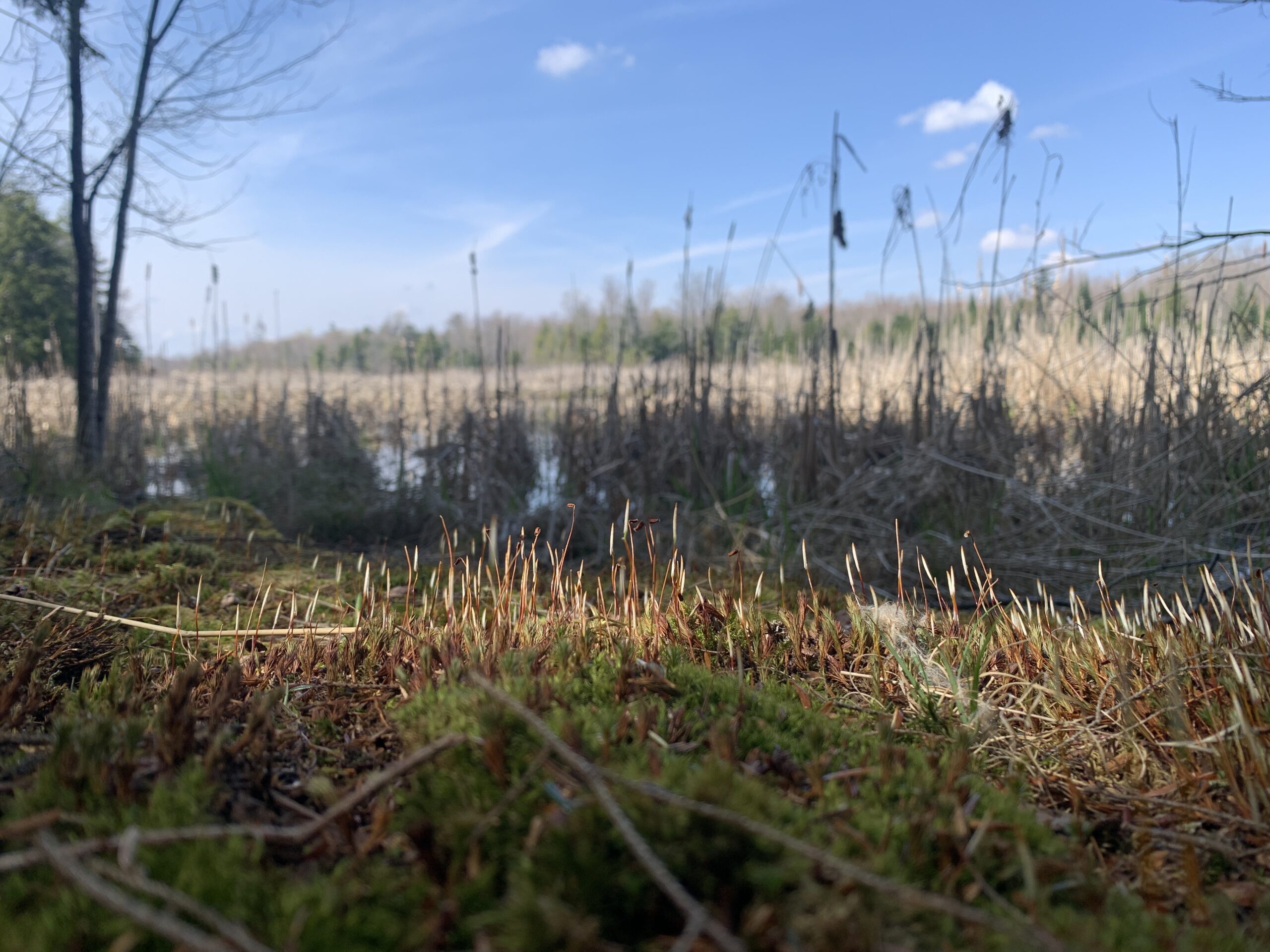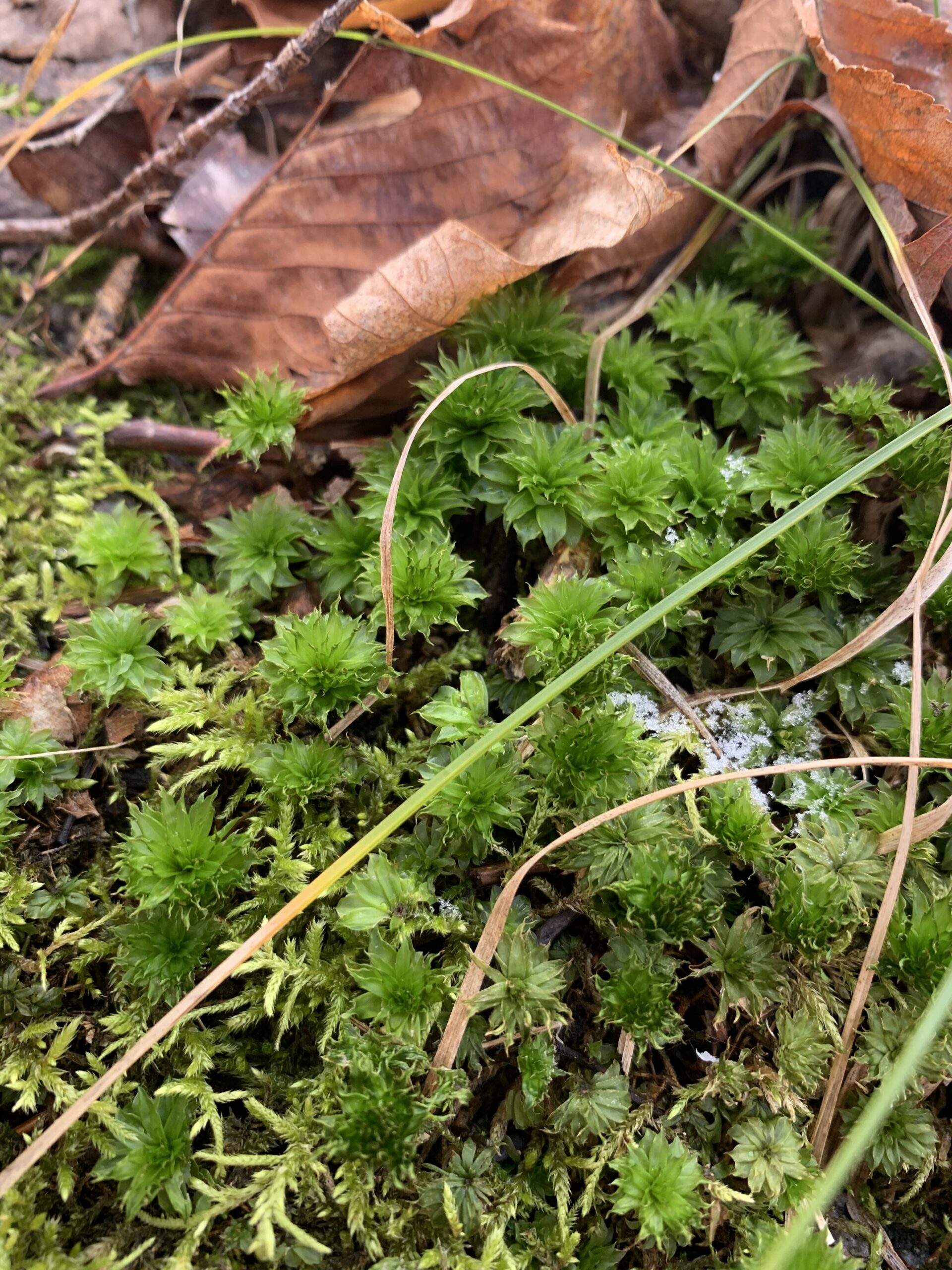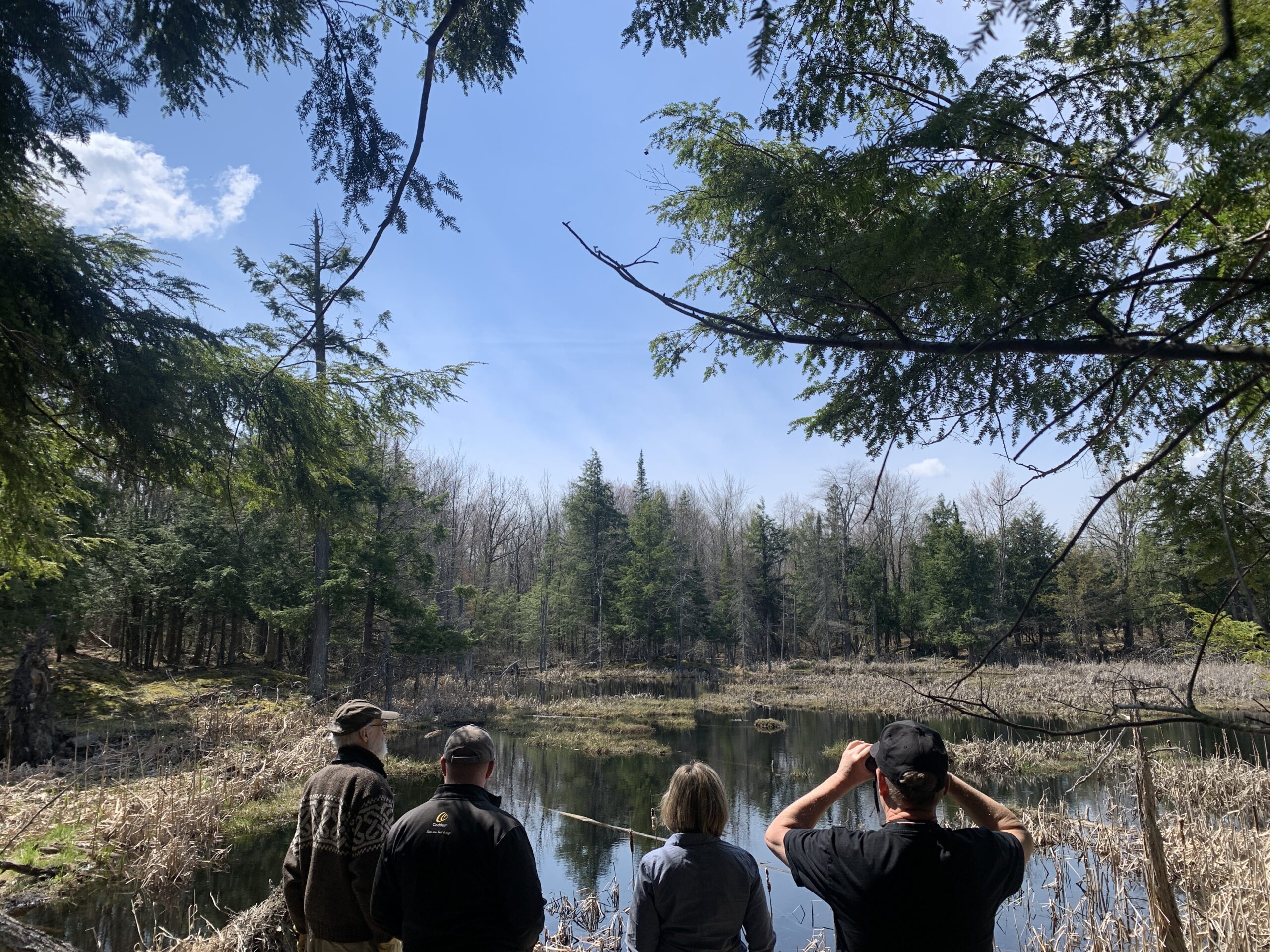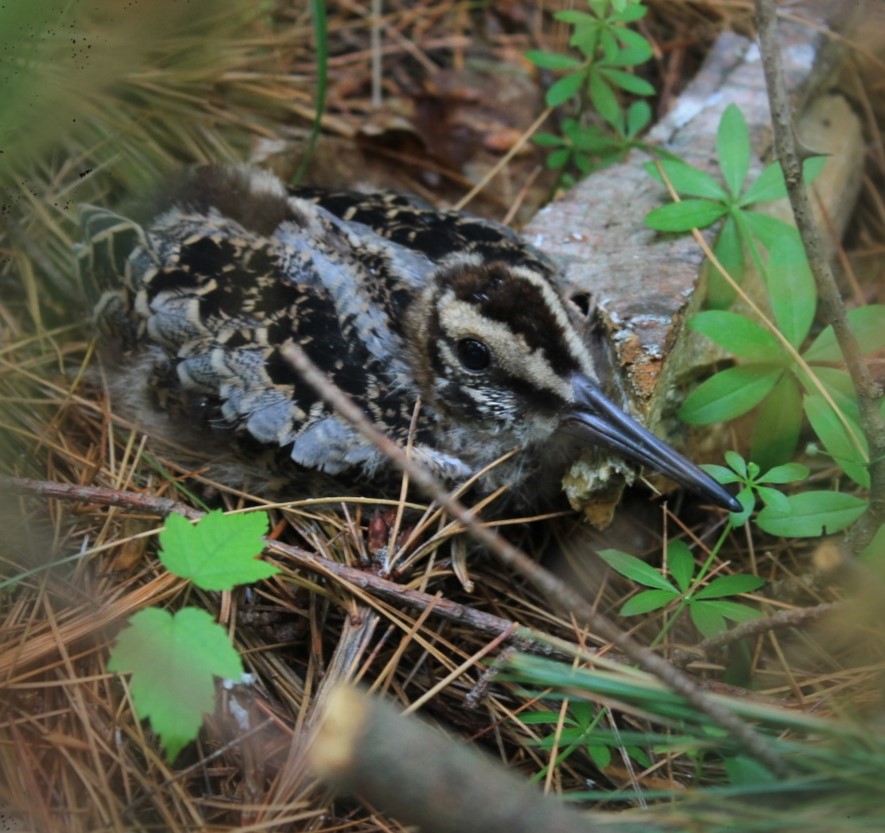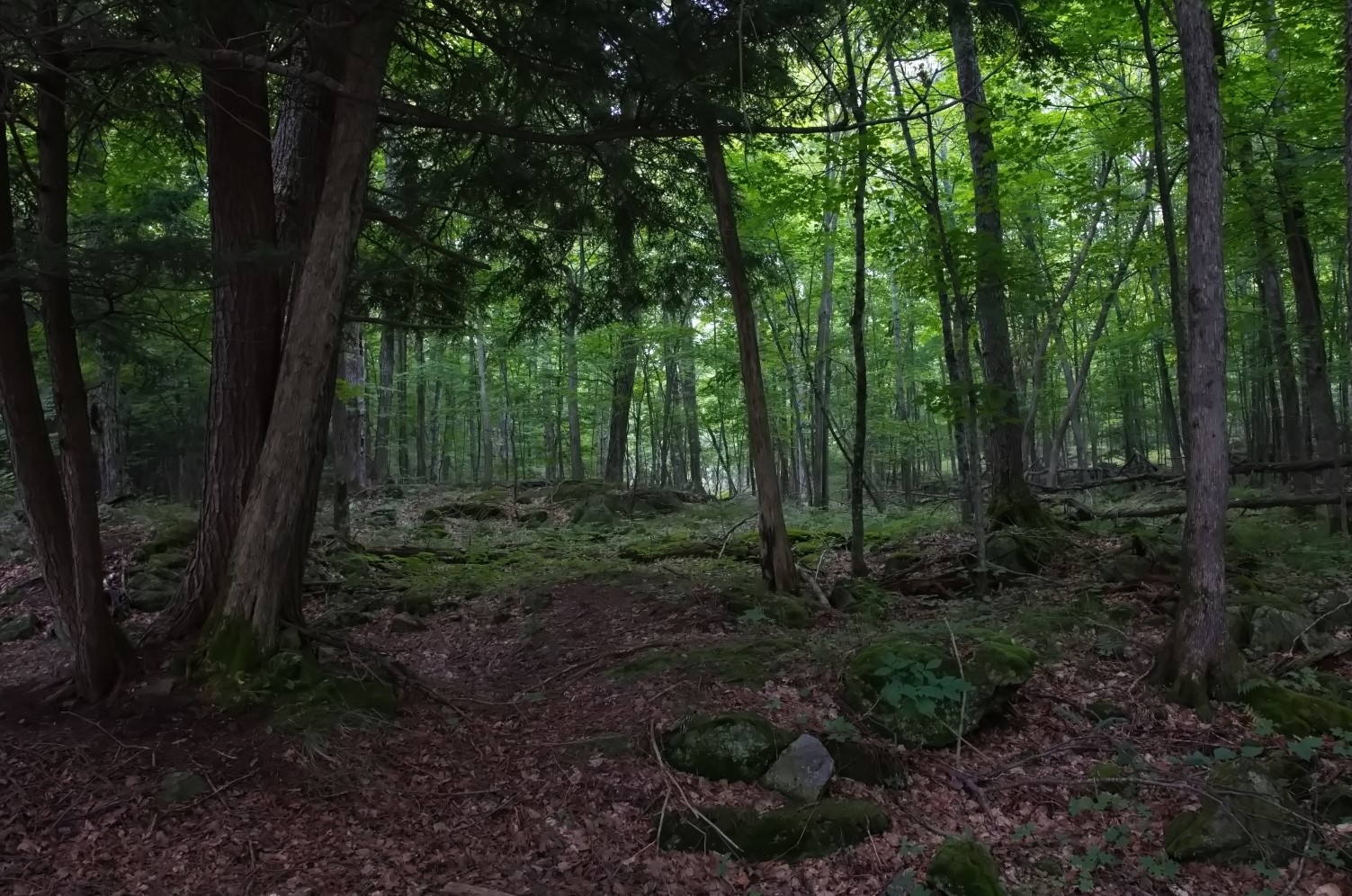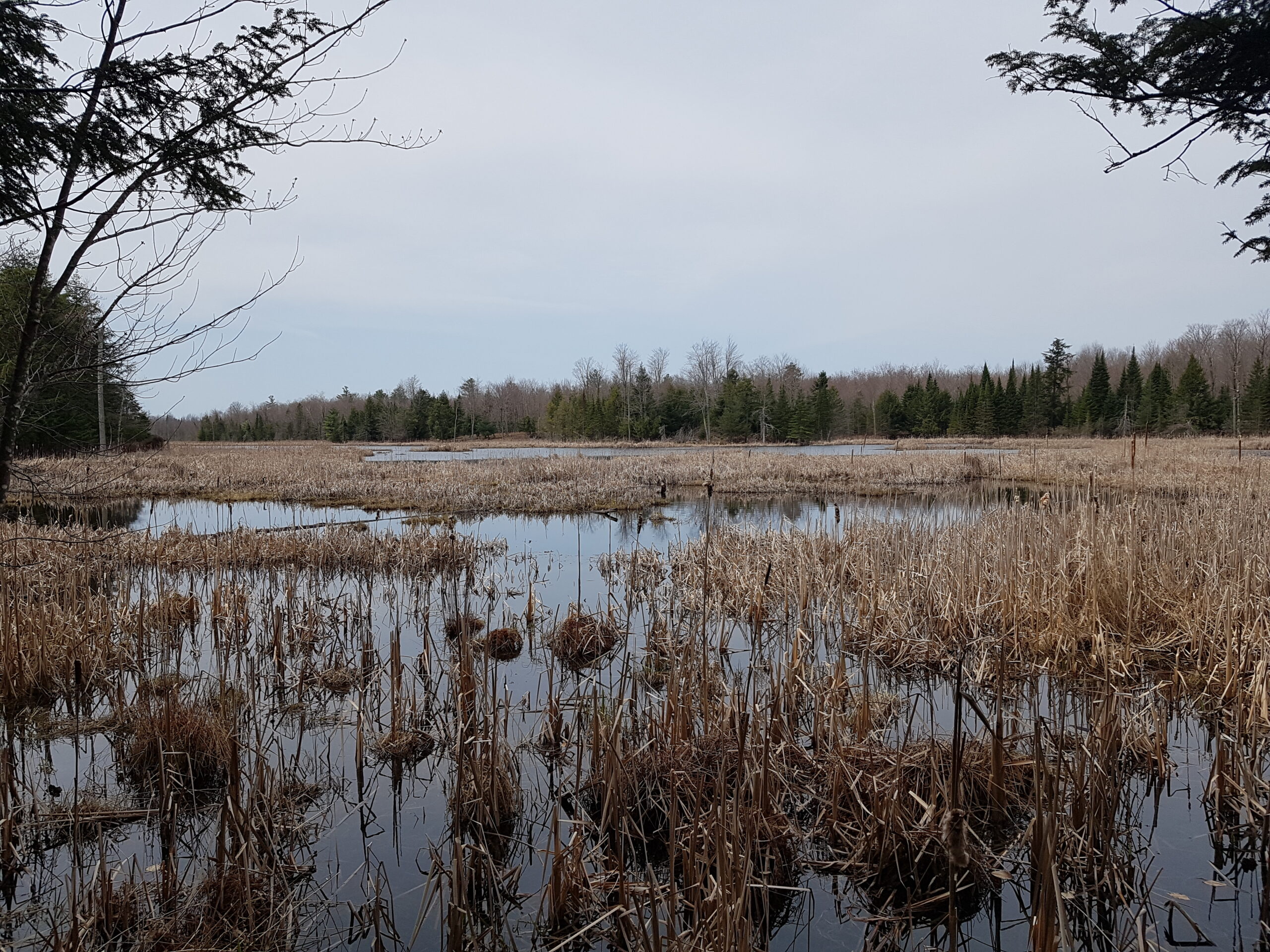Site Details
Total Area: 106 acres
Total Length of Trails: 1 km loop of marked trail.
Terrain/Accessibility: The trail is relatively flat with some small slopes and an elevation gain of 28 m. There is a lookout at Cathy’s Pond with a bench that has been erected in Cathy Keddy’s memory.
History
Blue Heron Wetlands was protected by the Mississippi Madawaska Land Trust in 2023 thanks to the financial support from generous funders, grants, and community donors. Unlike many adjoining properties, little of this land was cleared for agriculture, although the forests were logged, most recently in the 1980s. Paul and Cathy Keddy first visited this property in the 1980s, and recognized its ecological significance. The pond on the property is named for Cathy, to recognize the many hours of her life that she invested in ensuring that this property would be protected.
Nature Highlights
Blue Heron Wetlands is mostly an extensive marsh surrounding a central pond. A ridge with stands of mature Eastern Hemlock runs along the south shore of the pond. There is a well-developed animal trail along this ridge, likely formed by deer, raccoons, fishers, and bears.
The marsh is dominated by sedges, reeds, and cattails, which provide habitat for a wide range of animals including frogs, turtles, and muskrats. Many species of ducks, including Wood Ducks and Hooded Mergansers, nest in the marsh. Wading birds include both Great Blue Herons and Green Herons. There may also be as many as seven species of frogs, including Gray Treefrogs. The water levels are controlled by a series of beaver dams, and newly-cut trees can be seen along the edges of the wetland. In less flooded locations, there are swamps containing ash and elm trees. The wetland is mostly fed by rain, snow, and groundwater, which then flow downstream into Mississippi Lake. It is Cathy’s Pond that helps provide clean water for Carleton Place: residents of this town are drinking water that comes, in part, from this wetland.
The upland areas around the pond have a forest that is typical for the region: maple, ironwood, oak, and basswood trees. It also has some less common species including American Beech, Black Cherry, Yellow Birch, Bur Oak, and Rock Elm. The forest floor has a dense carpet of sedges, lichens, and mosses covering the gneiss bedrock. These forests provide breeding habitat for birds that migrate from Central America to breed each summer, including species such as Ovenbirds and Rose-breasted Grosbeaks. The property also supports many other kinds of neotropical migrants including Scarlet Tanagers, Great-crested Flycatchers, Black-throated Green Warblers, and Northern Orioles. Year-round residents include Blue Jays, Pileated Woodpeckers, Hairy Woodpeckers, and Barred Owls. The forests also provide habitat for several species of salamander including Red-backed Salamanders.
The property provides habitat for multiple species that are at risk of extinction. These include: Blanding’s Turtle, Eastern Wood-pewee, Black Ash, and Butternut.

